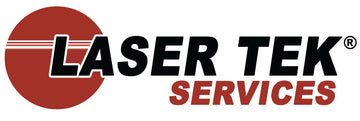To the trained eye a laser printer is all about using light beams in combination with static electrical charges that force toner to stick to paper permanently.
So, to the novice like us, how does a laser printer work? The system really starts with the computer where datum emanates. As the datum enters the printer, the sophisticated circuitry transforms it into digital format or in a language that is compatible with the system. The digital information is then feed into the system for printing.
The information comes out in the form of laser light beams that is made to scan on a rotating drum surface inside the printer. This is where the rule about magnetic attraction comes into play - like poles repel, while negative poles attract. The polar characteristics is given meaning by the corona wire a high voltage wire that delivers static electricity to surfaces nearby.
The drum surface is charged positively, while the drawn images on the drum surface carries a negative charge. An ink roller carrying positively charged toner particles allows it (toner) to stick only to the negatively charged images drawn on the photoreceptor drum surface. This process happens in only fraction of a second.
And as paper moves towards the drum, the corona wire gives it a positive charge allowing toner from the drum to literally jump into the paper surface. At this point paper and toner moves and enter the fuser. And with intense heat generated by the fuser, toner is forced to fuse into paper, creating a permanent bond.
The printed paper moves out of the printer, and literally hot off the press because the printout is still really warm. That’s about it, from the start up to time the printout comes out of the laser printer.
So, how does a laser printer work is just a simple matter when thoroughly explained and even much easier when images are used.






I used a manual system to make printed circuit boards at UIC in the late 60s.
The image was transferred to a thin tissue-like paper shiny on one side to hold the toner (via another charge step). Then transferred to the Copper clad board via a third charge step.
That system used a solvent to melt the toner on the paper, or in this case, the circuit board making it an etch resist.
- –
Regards, Steve N.
Science Vigilante